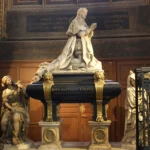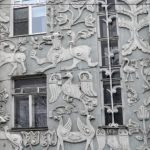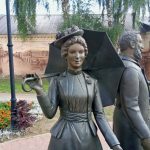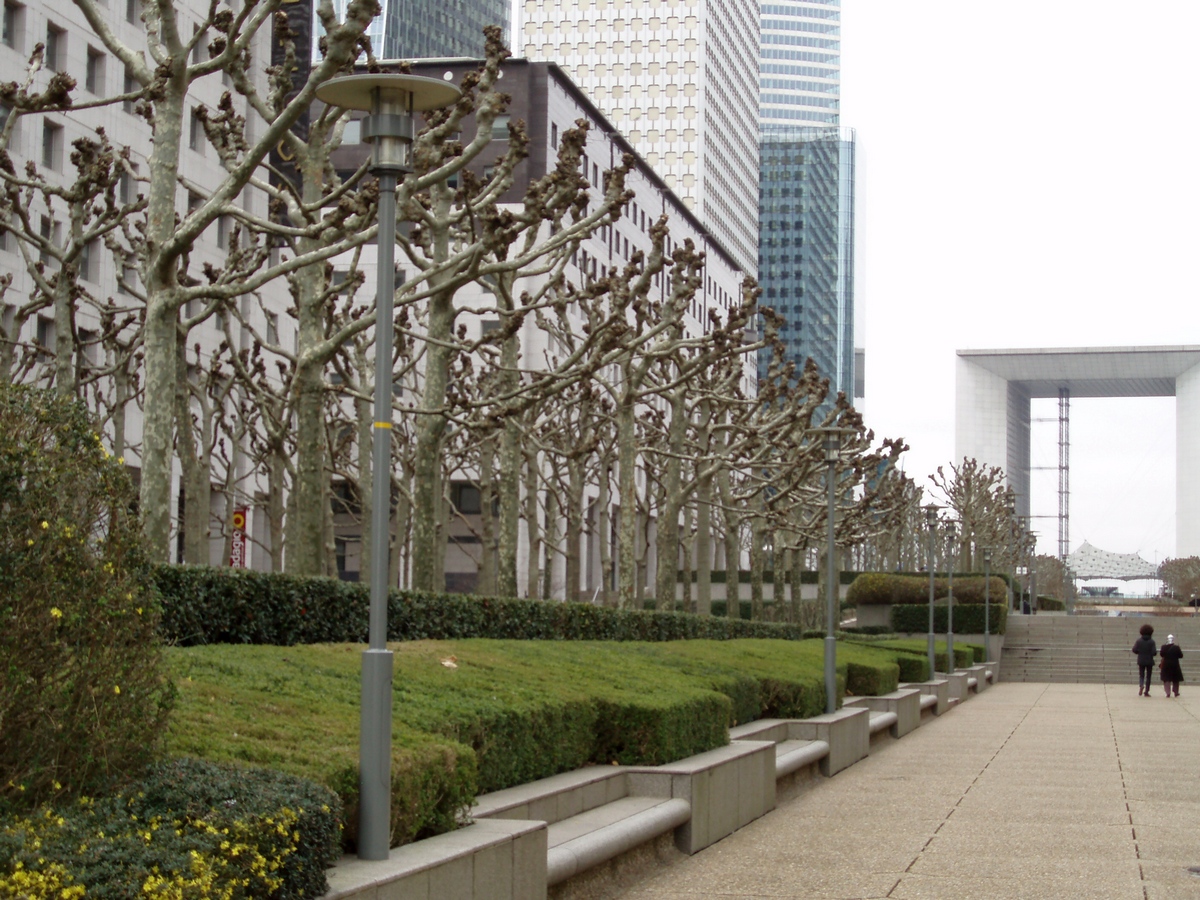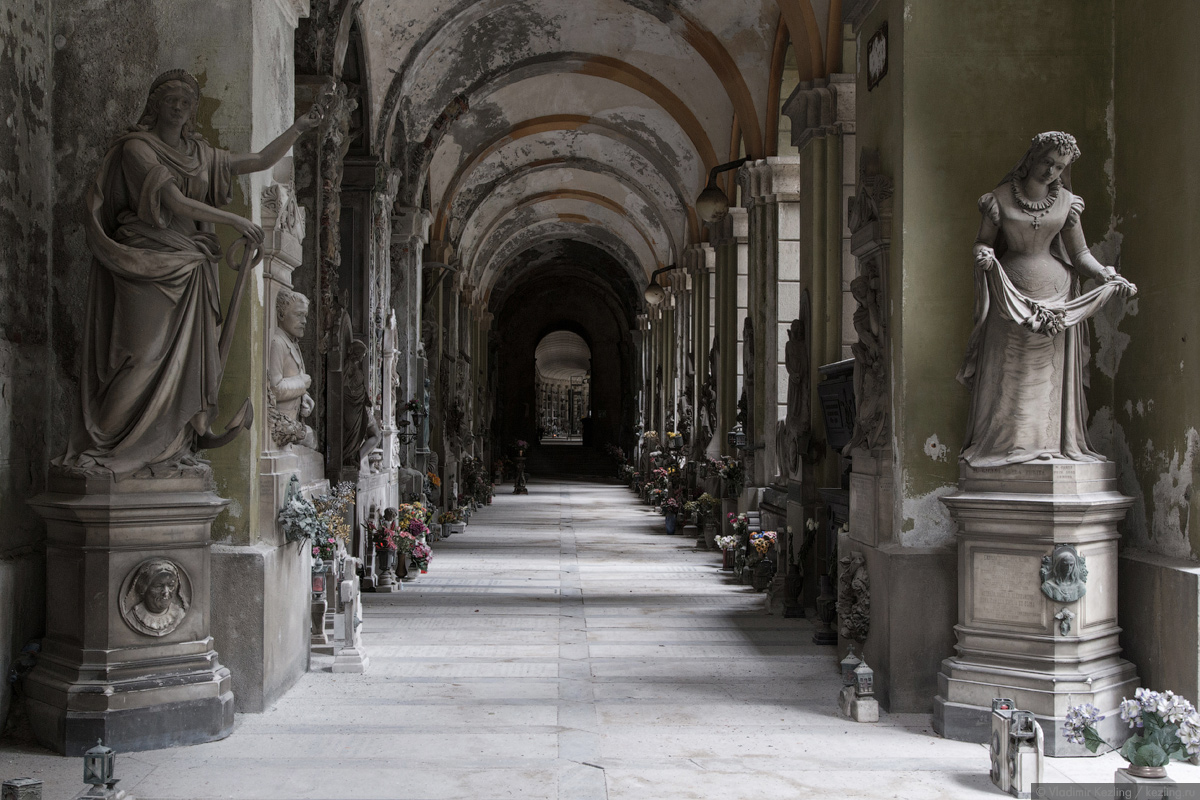Emile Antoine Bourdelle – great innovator of sculptural art

Emile Antoine Bourdelle is a great innovator of sculptural art, who throughout his life defended the ideas of modernism and deservedly achieved worldwide recognition
Emile Antoine Bourdelle (October 30, 1861 – October 1, 1929) was a famous French sculptor of the late 19th and early 20th centuries, a prominent representative of the Art Deco movement in European fine arts. He created many war memorials, monuments, busts and bas-reliefs during his professional career. The best masterpieces of his work are now in France, and in the Parisian studio in which the brilliant master worked, a house museum has been open to visitors since 1949. The artist’s biography contains many interesting facts and outstanding achievements.
In addition to sculpture, Emile Antoine Bourdelle was fond of painting and graphics throughout his life, and also devoted a lot of time and effort to teaching young colleagues. Among dozens of his students, the following names can be particularly highlighted: Alberto Giacometti; Henri Matisse; Aristide Maillol.


Biography
Emile Antoine Bourdelle was born on October 30, 1861 in the town of Montauban in the south of France in the family of a master in the production and restoration of interior decor. Since childhood, the boy was fond of wood carving and with great pleasure helped his father make custom-made furniture decorations. And at the age of 13, Antoine dropped out of school altogether, completely concentrating on art.
Young Bourdelle quickly gained fame in his hometown thanks to his unique wood carvings. The talented teenager was noticed by local successful financier Hippolyte Lacaze, who helped him enter the Academy of Painting and Sculpture in Toulouse in 1876 and paid a scholarship to the young talent from his personal funds.

Antoine turned out to be a very capable, but wayward student. He easily absorbed new knowledge, while constantly arguing with teachers, defending his point of view. Nevertheless, Bourdelle successfully completed his studies and, based on the results of final tests, won the right to a scholarship to continue his studies at the Academy of Fine Arts in Paris.
The 22-year-old young man immediately went to the capital of France, where he successfully passed the entrance exams to a prestigious university and was enrolled in the first year. Antoine’s mentor was the experienced professor Alexandre Falguière, who for two years tried to train Bourdelle into a first-class sculptor of the academic style.
But Falguière’s efforts were not crowned with success, since Antoine did not want to strictly observe the canons of classical art. As a result, the young sculptor left the academy after his second year and began building an independent professional career. He set up a small workshop on a quiet Parisian street and stubbornly walked towards his intended goal.

Career
The next seven years were the most difficult of Bourdelle’s career. He had to make a living by selling drawings, and no one wanted to buy the innovative sculptural works of an unknown artist. Having survived many hardships, 33-year-old Emile Antoine Bourdelle was able to escape poverty in 1893 and got a job as an assistant in the workshop of the famous Auguste Rodin, where he worked for 15 years.
Collaboration with the great French genius of sculpture turned out to be extremely successful for Antoine’s career. Rodin not only taught Bourdelle a lot, but also helped him receive several important personal orders. And in 1897, the young author’s works were presented for the first time at an exhibition in America, which contributed to the growth of his popularity abroad and at home.


Personal life
In March 1904, Emile Antoine Bourdelle married Stephanie Van Pary, who gave him a son, Pierre. This marriage lasted only six years and ended in divorce. And in June 1918, the master married for the second time to Cleopatra Sevastos and in this family union his daughter Rodia was born.
In 1908, Bourdelle left Rodin’s studio and finally became a completely independent sculptor. By this time he was already quite a popular Parisian artist and did not experience any financial difficulties. Thus began the final stage of the master’s career, which lasted more than 20 years.

Bourdelle received numerous awards, he was constantly invited to exhibitions in different parts of the world (from the USA and Argentina to Japan), and customers paid huge amounts of money to create new masterpieces. In 1909, the authoritative master began teaching at the Académie de la Grande Chaumière and over two decades trained a galaxy of talented students.
Since the mid-1920s, the sculptor began to have serious health problems caused by chronic rheumatism. But the brilliant artist, overcoming the pain, continued to create with inspiration, and on October 1, 1929, Emile Antoine Bourdelle passed into eternity in his country house in Le Vezin. He was buried in the Montparnasse cemetery in Paris, where the remains of many prominent figures of France rest.




